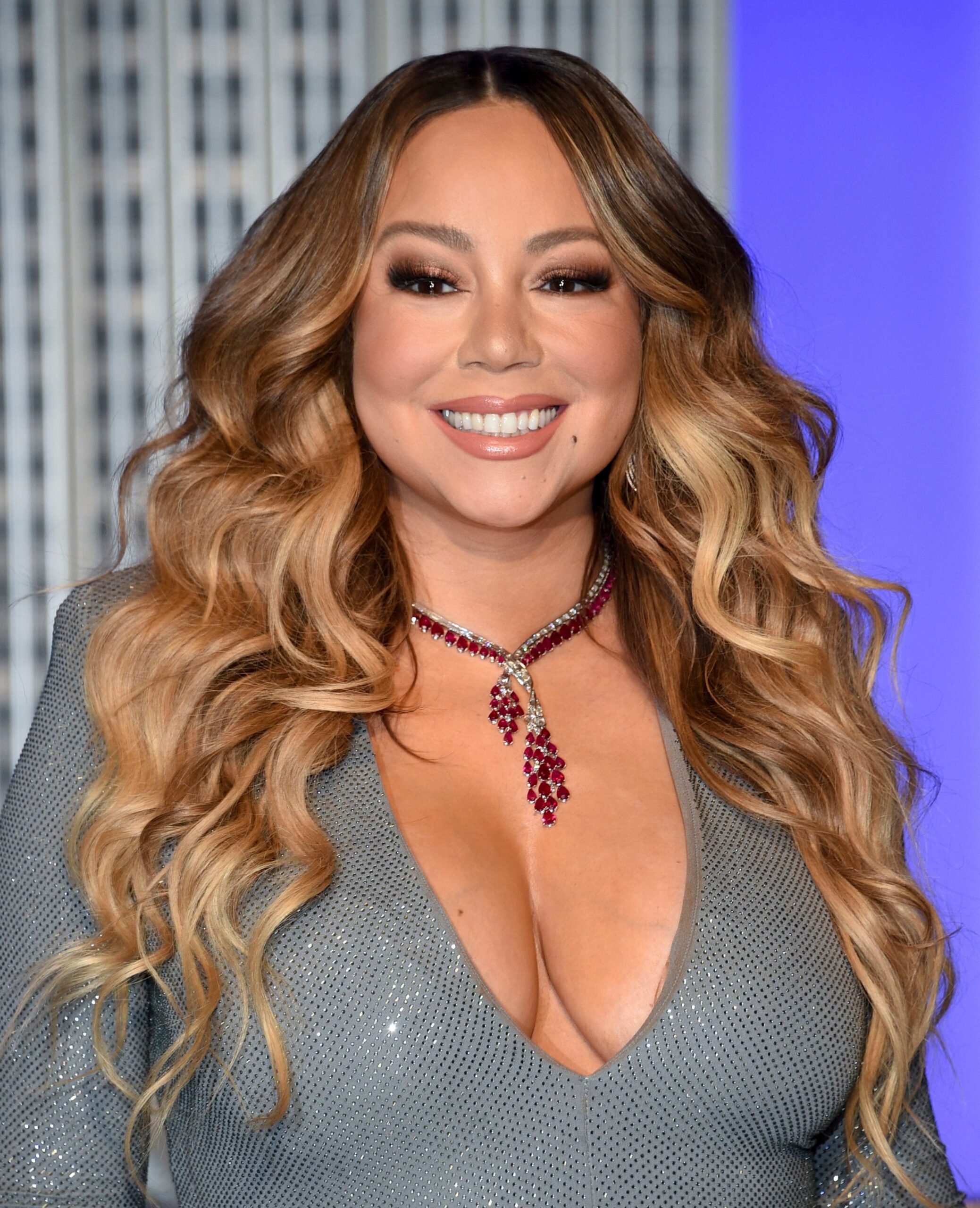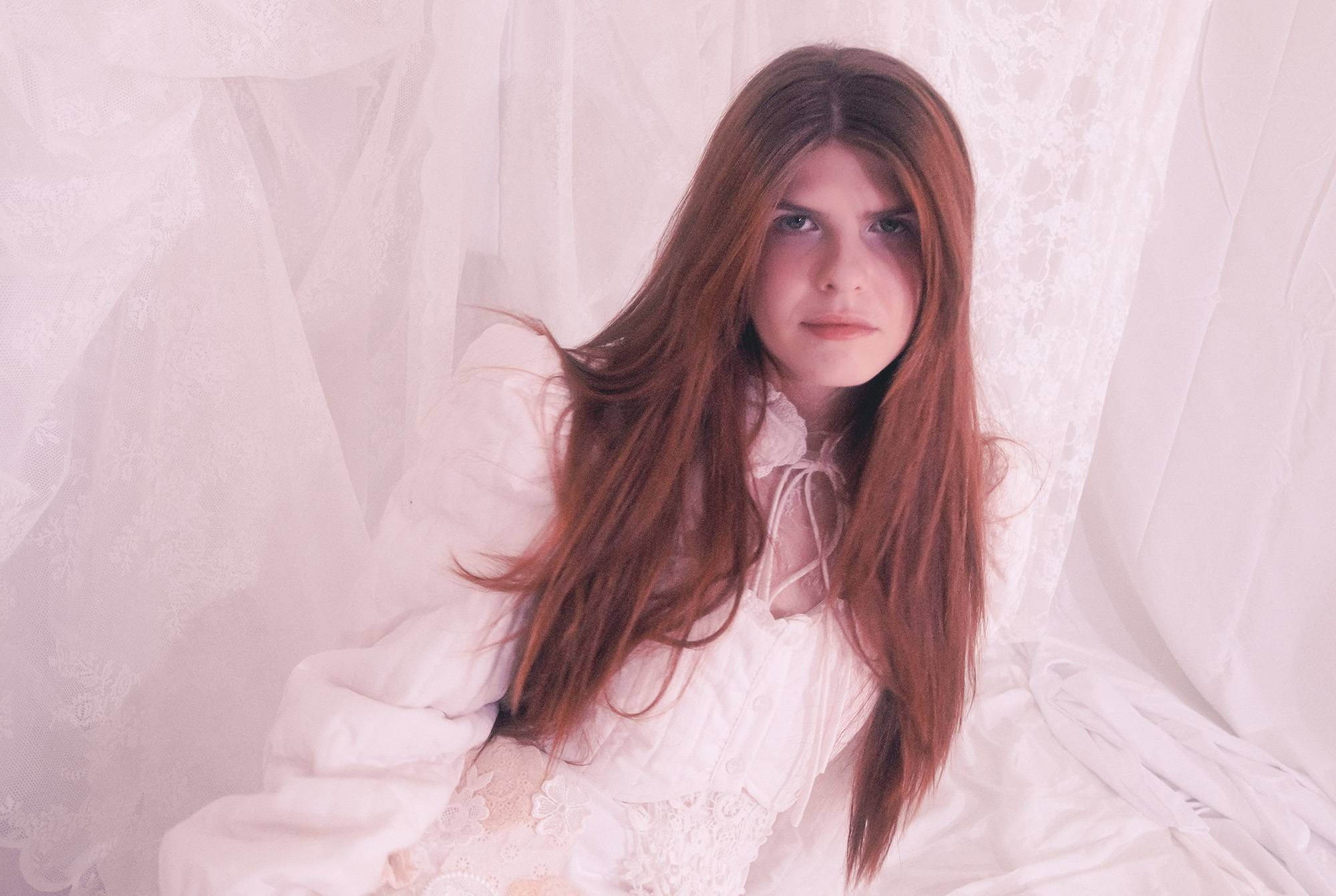Music
This Haunts Me: Mariah Carey Taking a Bath on MTV’s “Cribs”

Before TikTok, before Snapchat, and before YouTube, there was MTV in the early aughts: a lawless land of velour tracksuits and diamond grillz, tiny dogs and spray tans.
And then there was Mariah Carey, who had barely survived 2001 after channeling her life force into the beloved film disaster Glitter, along with the critically panned soundtrack of the same name. And yet, Carey persisted–and took a bath in front of millions of viewers on MTV’s Cribs.
Debuting in 2000, MTV’s Cribs spoke to an America that was eager but struggling to fulfill its potential. We had just survived Y2K, the dot-com boom of the newfound Internet was about to bust and send the economy into recession, and the country was searching for a new lease on life–and was seeking a way to pervert media to the best of our capability.
Hence, MTV’s “documentary television” was born. Created by Nina L. Diaz, the mastermind behind capitalism’s carefully curated temper tantrums in My Super Sweet 16, Cribs took America on tours of celebrities’ mansions and showcased their lavish lifestyles. From refrigerators filled with Vitamin Water (50 Cent), shag carpeting everywhere (Aaron Carter), and Lamborghini furniture (Missy Eliot) to New Kids on the Block’s Joey McIntyre first uttering the phrase, “This is where the magic happens” while presenting his bedroom, we will never extract MTV’s Cribs from our American identity.
At least, we won’t as long as Mariah Carey is still around to cling to every inch of her former glory. Carey’s 2002 episode of Cribs was filmed at the nascence of the show’s cultural impact, but it’s one of the most defining moments in the series’ 19-year-history (yes, it’s still airing on Snapchat Discover).
While guiding us through her 11,000 square-foot Tribeca penthouse, Carey sets herself apart from just any pop diva with the most unnecessary number of outfit changes in any half-hour TV segment of all time, pretending to exercise in stilettos, and, of course, undressing in front of the camera and taking a dip in her luxurious jacuzzi.
Did Mariah Carey really take a bath on TV? Of course not (she says, “Like, hello…I had on a body suit. What do people actually think? Like, I’m really gonna be, like, stripping and taking a…whatever”). But more to the point, was Mariah Carey ever really on Cribs? No, arguably not.
Because MTV Cribs was entirely fake, in the sense that its performative wealth – glorifying material gain and equating brand name prestige with higher quality of life – was always fiction. Over the years, Cribs controversies have made it clear that the show’s decadence and emphasis on wealth and luxury as the ultimate goods were illusions, meant to cure some modern disease.
It turned out that Ja Rule didn’t actually own the house with refrigerators stocked with Cristal (it was a four-day rental); in fact, he didn’t even have permission to film there and ended up being sued by the owner. One-hit-wonder JoJo would later join the ranks of many pop stars who admitted to faking her whole episode, as she was practically homeless at the time of filming.
“The thing is, we didn’t have a home at that point. My mom and I were living out of suitcases and we were mostly in hotels. So that was actually my uncle’s house, on the Cape,” she told Huffington Post.From renting whole homes to borrowing fleets of luxury cars to park in the driveway for a few hours, the amount of subterfuge to appear extravagantly wealthy on Cribs underscores the fact that performative wealth is a thinly veiled cry for acceptance; but, more than that, the series was about power.
While some laud Carey as a feminist role model, she was one of the early aughts’ many pop divas who used performative sexuality as a form of empowerment – which was almost always exploited by the music industry to commodify and sell female artists as sex symbols.
Respected music critic Ann Powers wrote that female pop took a turn in the ’90s, with artists like Christina Aguilera “address[ing] central feminist concerns of autonomy, pleasure and self-determination in complicated and wide-ranging ways, resetting the parameters for women as agents of their own expressiveness and values in ways that are still playing out now.”
But from the empowered sexuality of the late ’90s, something shifted in the early 2000s. That difference lies somewhere between Christina Aguilera’s anthemic pop ballad “What a Girl Wants” and Mariah Carey showing off her apartment in cleavage-baring dresses and pretending to bathe.
When Powers reflects on the early 2000s music scene, she writes, “Into this fractured landscape came a diverse array of artists who took on the challenge of expressing self-aware womanhood in very different ways. The messages these artists sent were mixed.” Indeed, there was a pure reading of female artists’ “self-confident sexuality that was hard to read as wholly self-cultivated” but no less inspiring as autonomous women, and there’s the dour interpretation of female sexuality being “co-opted by a ‘girl power’ strain of capitalism that doused their radical potential.”
So which Mariah Carey are we seeing in her infamous Cribs episode? A playful, powerful pop star, towering over her empire in her Tribeca apartment? Or, a woman just five years out of an abusive marriage who used performance as a form of self-empowerment?
As with all things, the truth lies in the middle. Along with Marilyn Monroe’s piano and personal assistants catering to Carey’s many costume changes between rooms, Mariah Carey’s Cribs episode gives us a snapshot of the music industry at the turn of the century.
While Carey later commented that her episode was entirely playful and was taken far too seriously (it was the most infamous episode of the series), all the performative sexuality is a marker of the exploitation of the male-dominated music industry, which set the status quo of the ’90s and carried into the early aughts.
Consider, for instance, that in the late 1980s, Mariah Carey was an 18-year-old aspiring singer when she met 39-year-old Tommy Mottolo, the head of Sony Music. He signed her to his label (on the condition that she part ways from her writing partner, Ben Margulies, because he suspected that the two were dating), and later married Carey.
Mattola admitted in his memoir, “It was absolutely wrong and inappropriate for me to become involved with Mariah”; meanwhile, Carey has openly called her marriage to Mattola emotionally and physically abusive and spoken out against the exclusively male music executives who domineered her early career.
Amidst rumors that she’s suffered “breakdowns” over the years (which she says are assumptions jumped to when “a woman gets too emotional or too loud or too abrasive or too real”), she’s also said she can’t listen to her own hits like 1993’s “Dream Lover, “because it reminds me of a very specific era when I was really controlled by powerful men and corporate people.”
Throughout her entire penthouse in her 2002 walkthrough, the walls and furniture are bathed in neutral colors because she doesn’t want the rooms to feel “jarring.” She doesn’t look directly at the camera when she says she “has enough jarring things happen to [her] on a daily basis.”
As Carey stands beneath her bathroom’s chandelier, freshly changed into lingerie after giving a tour of her sizable lingerie closet, she says her bathroom is her place to relax, to “tell the world, ‘Leave me alone,’ kick everybody out, and proceed to bathe.” Of course, the bath wasn’t real; that would be silly. Then again, so is the thought of a world that ever really leaves a female artist alone.
From Your Site Articles
Related Articles Around the Web













